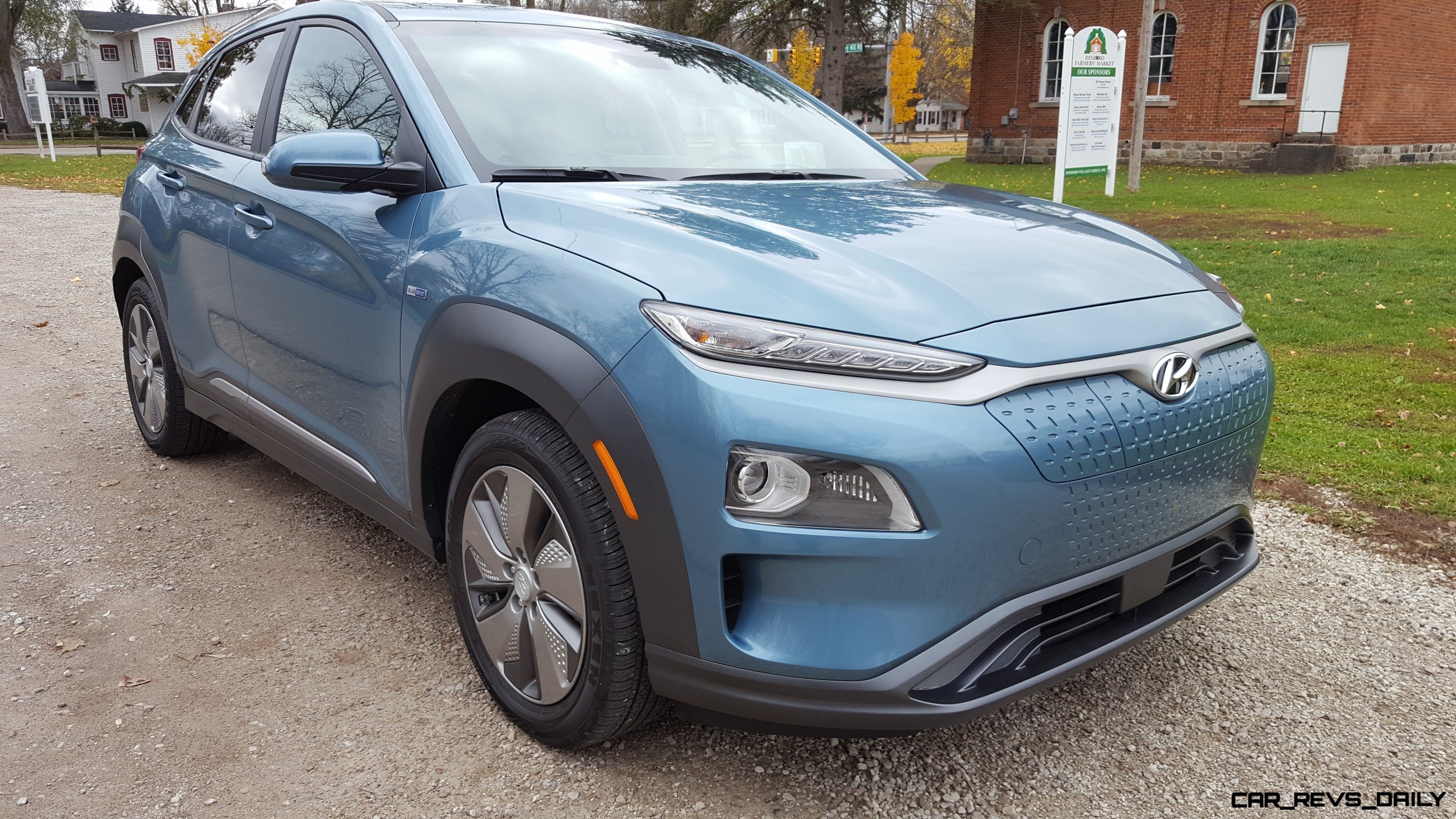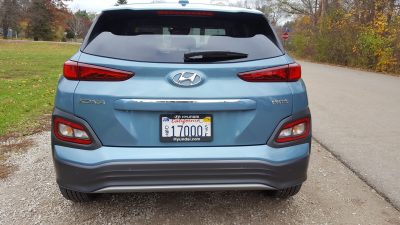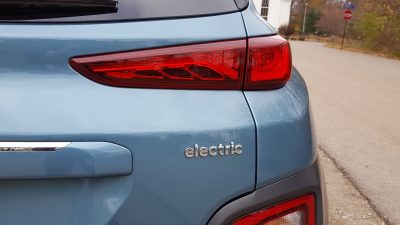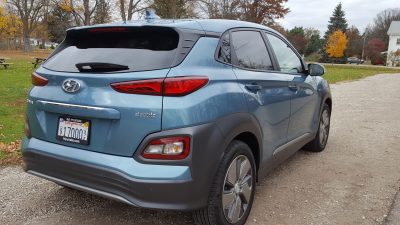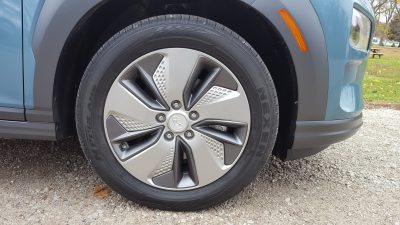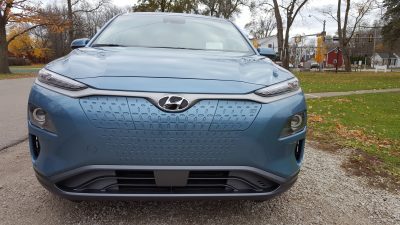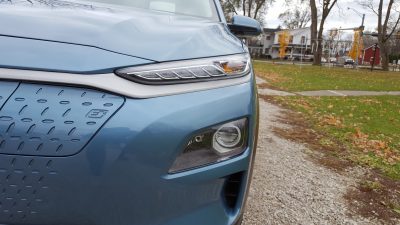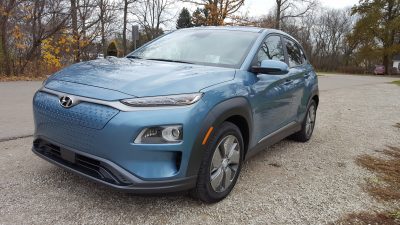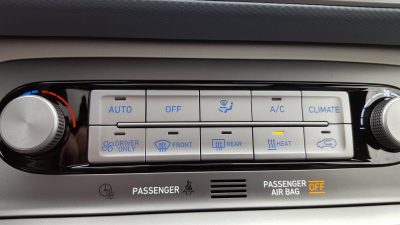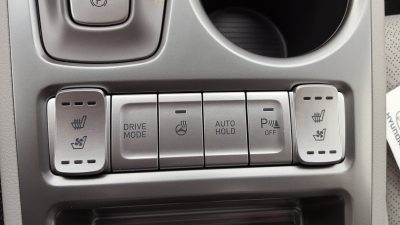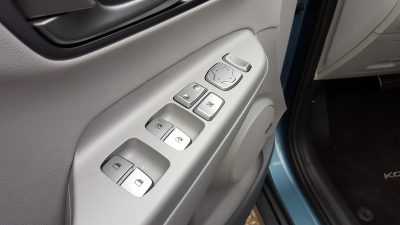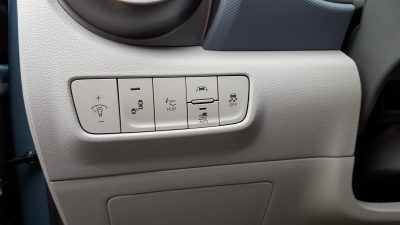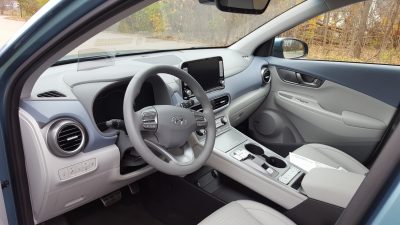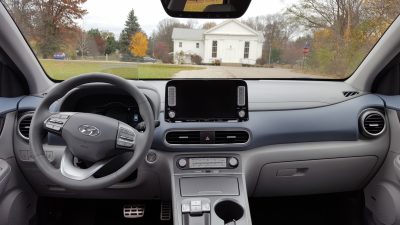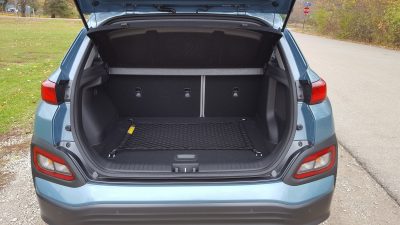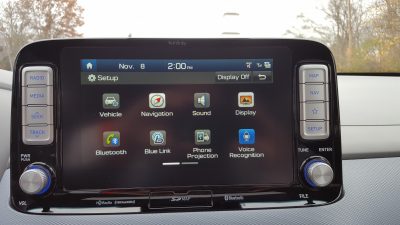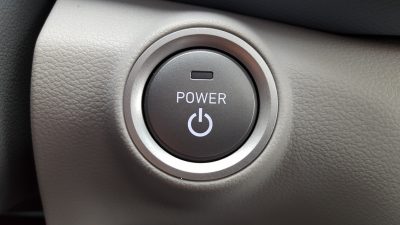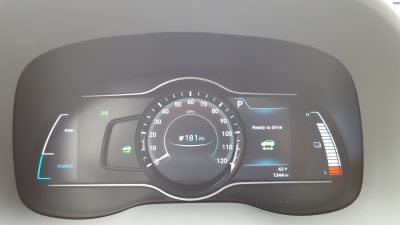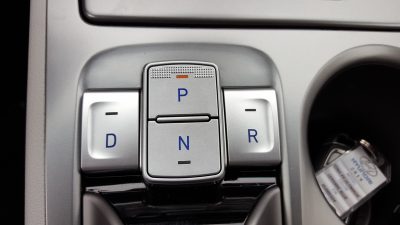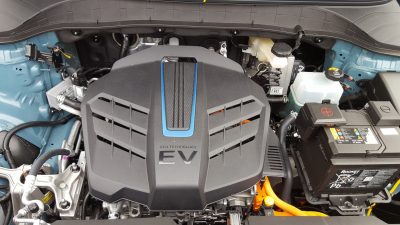With the recent pummeling that much of the tech market has endured on Wall Street in recent months, it’s comforting to know that things are still going strong in the electric vehicle segment. Once regarded as mere science experiments over 20 years ago, the EV has rapidly emerged as a leading force in the broader automotive marketplace. This is mainly due to the emergence of Tesla, but other automakers have followed suit, and have developed EV entries of their own to try and follow Tesla’s rapid rise to success in this arena. Hyundai’s Kona EV aims to be the latest star in this rapidly growing market, but can the electrified Kona truly standout against EV heavyweights like Tesla? Or is Hyundai still behind the curve when it comes to this particular segment.
To find out, Hyundai invited us to spend some time behind the wheel of the Kona EV at a recent event at the firm’s HATCI (Hyundai America Technical Center, Inc) in Superior Township, MI. The winding roads and the unique backdrop offered by this slice of Michigan gave us the opportunity to get formally acquainted with the Kona EV, and get a glimpse of what it truly has to offer buyers. For starters, the exterior styling of the EV doesn’t stray too far from a conventional Kona with the back half of the CUV retaining a lot of the DNA that has come to define our prior experience in conventionally powered Konas. This includes the slick taillights, the equally distinctive side profile, as well as its cramped but usable rear cargo area. The similarities end when you reach the front of the Kona EV, with Hyundai designers bringing several unique touches to the front fascia that truly make it stand out from its gasoline powered siblings. New headlights help bring a distinctive identity to the Kona EV, while a new grille design enhances aerodynamics, and helps bring a more balanced look to the Kona as well. The grille area also houses the charging port, as well as a handy state of charge indicator. A lot of the cladding up front has been removed as well, and this helps clean up the Kona’s face even further.
While the Kona’s styling still strays towards drawing attention to itself versus allowing its owners to be discrete like some other rivals, it’s practicality is roughly unchanged from the combustion powered Kona which means that the back seats of this crossover are still very tight, and cargo capacity is equally cramped. The interior however is still a compelling place to spend time in, with the shifter being pitched for the same push button layout that also sees duty in the Ioniq EV. The elevated console it creates also comes bundled with a pair of cupholders, as well as a nifty hidden storage area. Hyundai engineers also made sure that the Kona’s reputation for providing maximum value for the dollar remained firmly intact. This makes itself apparent thanks to standard features such as heated seats, keyless entry, Hyundai’s BlueLink infused infotainment system, two USB ports, as well as Apple CarPlay and Android Auto capability. In the Kona EV, BlueLink allows owners to monitor and control charging and climate settings from their smartphone.
Unlike other EV offerings, the Kona EV has few caveats attached to it, with Hyundai engineers not resorting to some of the technological cost cutting that tends to be an unseen factor in the EV segment, The battery for example features a liquid heating and cooling circuit that helps improve efficiency, and also allows the Kona to boast better starting behavior in extreme cold or heat than the Chevrolet Bolt. A 7.2-kW onboard charger is standard issue on all EV Konas, and they also support standard DC fast charging as well. However, as we discovered in our time with the Ioniq EV, the SAE Charging Combo stations Hyundai likes to use are a lot rarer than Tesla’s Supercharging stations, and as a result we had to visit Woodhaven to find a fast charging station during a prior trek to Toledo.
Once the battery is fully charged, you are rewarded with a very compelling driving experience. which is typically not associated with many EV offerings. Under the hood is Hyundai’s 201 horsepower permanent magnet synchronous AC motor, which is paired with a single speed front wheel drive transaxle. The horsepower figure is a noticeable boost over the 1.6 liter turbocharged four cylinder in higher spec combustion powered Konas, and this allows the EV to have a distinctive character in many kinds of driving. The extra torque that accompanies the setup can sometimes be a bit too much for its 17-inch front tires to handle, with the traction control stepping in to keep things under control. But get it right, and the Kona EV is capable of making its way to 60 mph in a relatively brisk 7.6 seconds, which is pretty good considering that this electrified Kona is hauling over 3600 lbs of curb weight.
The Kona EV has four different driving modes ( Normal, Eco, Eco+, and Sport) with Eco+ being reserved for times where a charging station is not readily available, with the Kona turning off its climate control system in a bid to reduce energy consumption. Things get spicier however when the Kona is shifted into Sport mode. A sports car it isn’t, but when shifted to this welcoming slice of automotive bliss, our tester surprised us with its nicely weighted steering wheel, as well as its perked up acceleration response. This made the tiny CUV fun to shuffle around winding roads, and it packed more of a punch than the fore-mentioned Ioniq did when placed into Sport mode.
Our tester boasted a ground clearance of 6.2 inches (about 0.8 less than the standard Kona) and while this means that it is more of an on-road entry than its siblings, this also translates into more of its mass being placed lower in the platform, with the bulk of this being centered around its battery pack. Placed beneath the floor of the Kona, Hyundai claims that the pack shifts the center of gravity 20.3 inches closer to the pavement, which is in the same ballpark as some sports car entries. As mentioned, the Kona EV is not a sports car, but one cannot argue with how much more connected and composed our tester felt in sharp cornering, with less of bluntness we experienced in our prior encounters with the Kona.
It’s mileage is also worth mentioning, with models like our tester boasting an impressive 258 mile driving range. This is better than the Chevrolet Bolt (238 miles,) and makes the Kona the only non-Tesla model to breach this figure. As a bonus, it even beats the 234 mile driving range wielded by the much more expensive Jaguar I-Pace which is just making its way into Jaguar showrooms.
Hyundai still has not revealed official pricing for the Kona EV as of this writing, but look for Ultimate models like our tester to possibly have a base price of over $35,000. The Kona EV will not have an SE variant, with the EV model tree beginning at the SEL trim level. While this figure may seem steep at first glance, tax credits and other incentives help lower the price somewhat, and should please Hyundai loyalists as well as newcomers that are eager to add a splash of practicality, flair, and appeal to their EV purchase.
As for us, we look forward to spending more time with the 2019 Kona EV at our Metro Detroit office to see if it is indeed a viable entrant in the EV marketplace. But even when viewed in a brief encounter like our experience, some of its potential makes itself readily apparent, and we are eager to see just how much more hidden potential is waiting to be discovered and explored.

Carl Malek has been an automotive journalist for over 10 years. First starting out as a freelance photographer before making the transition to writing during college, his work has appeared on numerous automotive forums as well as websites such as Autoshopper.com.
Carl is also a big fan of British vehicles with the bulk of his devotion going to the Morgan Motor Company as well as offerings from Lotus, MG, and Caterham. When he is not writing about automobiles, Carl enjoys spending time with his family and friends in the Metro Detroit area, as well as spending time with his adorable pets.

